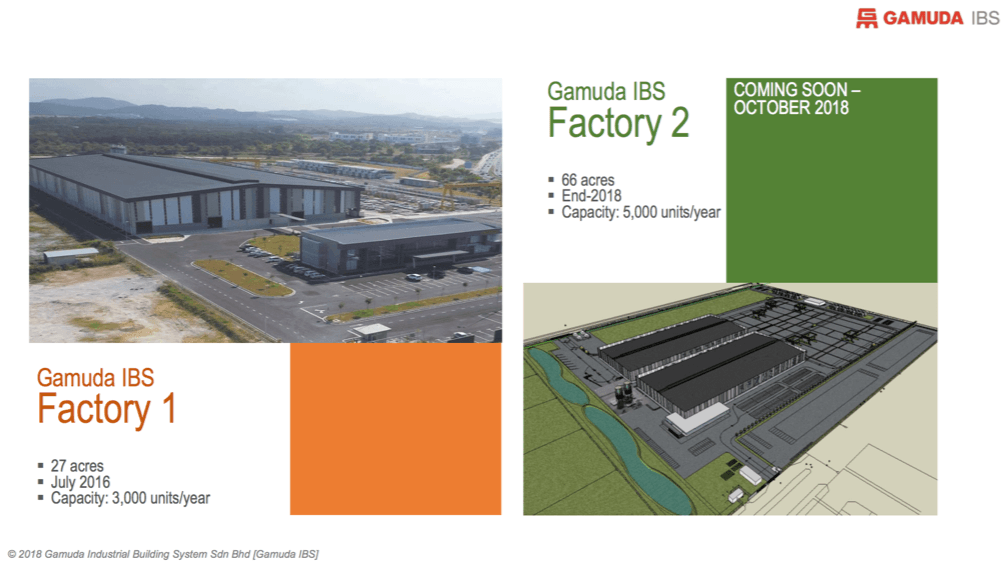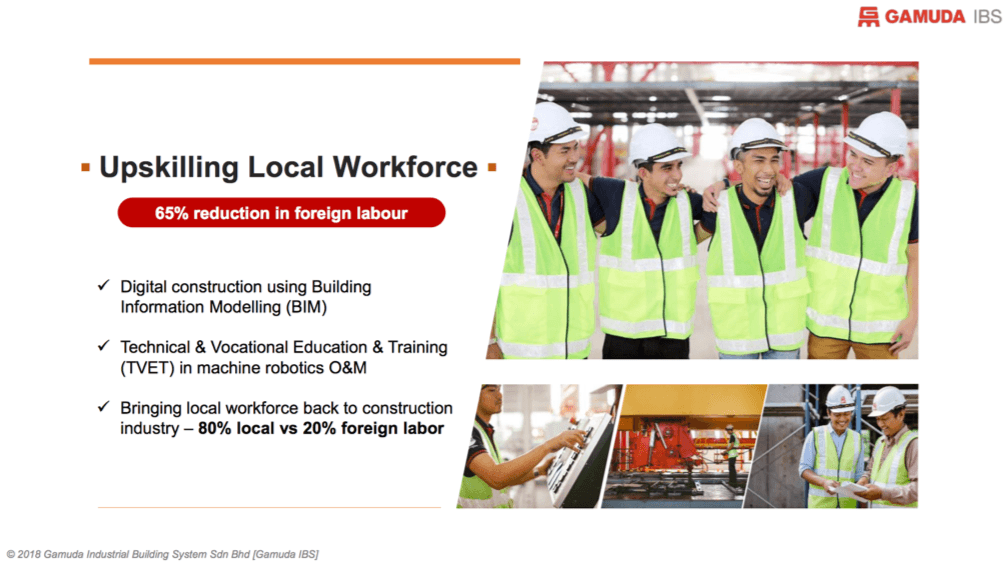How Gamuda IBS is primed to meet Malaysia’s affordable housing needs
Last week I was privileged to represent Gamuda IBS at the REHDA Institute Housing Conference 2018. The theme for the conference was affordable housing.
The housing industry is in an era of change, with the new government committed in its attempts to make housing affordable for all Malaysians.
They have promised to deliver one million affordable home in the next 10 years, or 100,000 each year, with around 50 to 60 per cent of that expected to be in the Klang Valley.
Speaking to REHDA Institute Chairman Dato’ Jeffrey Ng Tiong Lip, he believes the time is now for the industry to align in its attempts to transform the landscape.
“Affordable housing has a huge market.
“We have always advocated that affordable housing requires the right affordable housing ‘living eco system’ and that the public sector should undertake social housing whilst the private sector undertakes market driven products which can include market driven affordable housing,” Dato’ Jeffrey said.
“The Housing Minister’s recent announcement that various government agencies dealing with affordable housing provision are to be consolidated, coordinated and streamlined under KPKT (Ministry of Housing and Local Government) is a good first step towards this direction.”
At Gamuda IBS, we believe we are well positioned to contribute to this effort with our fast construction method, superior qualityand digitally integrated from design to construction approach.
Previously, there had always been a gap in delivering quality homes, especially for the affordable market, because the design was manually put into construction by human labour.
By translating to digital design which we do via Building Information Modelling (BIM), Gamuda IBS has been able to plug that gap by now using robots to manufacture and assemble homes instead of relying on labour. We can convert the virtual design into reality through robotics, making the push for affordable homes more possible.
The fast construction method we employ means construction duration will be reduced by 12 months from previously three years to 24 months. Depending on location and design of the buildings, we may be able to cut it down even further, especially with our bathroom pods in play.
Thus, the government can expect in the next 18 months to be able deliver more with less
investment in cost compared to conventional practices. In other words, construction using Gamuda IBS requires less working capital, reduction in cost of delivery and half the time.
We are also currently increasing our capacity and capabilities, which will further boost our contribution. By the end of the year, we will increase our capacity from 3,000 units that we are building now to 8,000 units with Gamuda IBS’ second digital factory in Banting coming online.

We will also be able to create a wider range of products including 16,000 bathroom pods, which allows the construction to be even faster and more seamless using Gamuda IBS.
The bathroom pods will allow us to finish the fast construction that we are doing now, which is one home per week, to also now include a fully furnished and completed bathroom pod that is ‘plug and play’ with very little finishing work to be done onsite.
Effectively, we are manufacturing homes as modular components which are flat-packed in the cast of our panels or pods, which are ready for assembly on site. This ensures fast, superior quality and very little manual labour.
It means the reliance on manual labour, which previously has been largely driven by the foreign workforce can be reduced by up to 65 per cent. As a result, we have been able to migrate the workforce from foriegn to local and reduce foriegn labour reliance at Gamuda IBS.

This is inline with Dato’ Jeffrey’s wish that an increasing number of highly skilled workers in the local workforce will be trained in the use of IBS technology.
In summary, the affordable housing market presents the construction industry as a whole, an opportunity to transform.
In agreement with Dato’ Jeffrey, long term cost savings arising from minimal defects, less reliance on manual labour and standardising building systems via the use of technology and innovation should be the focus of all companies.

